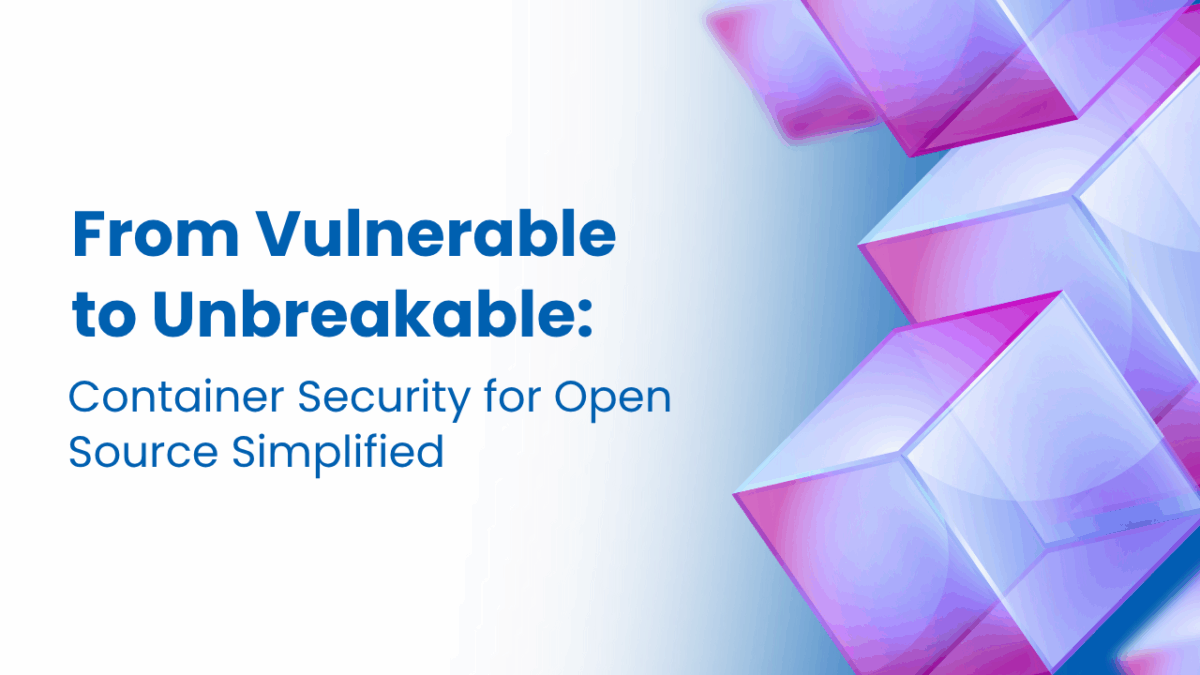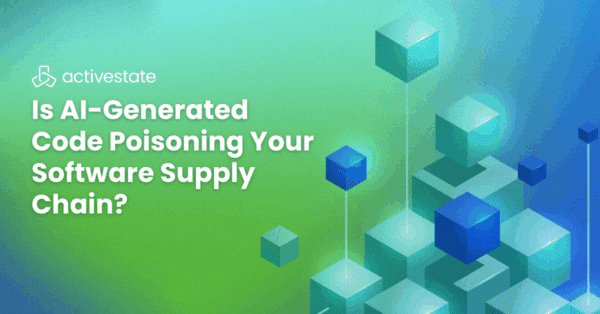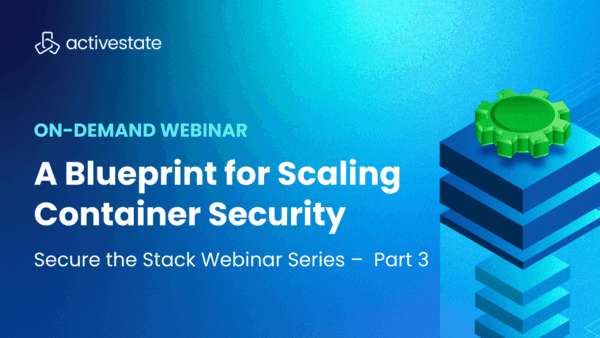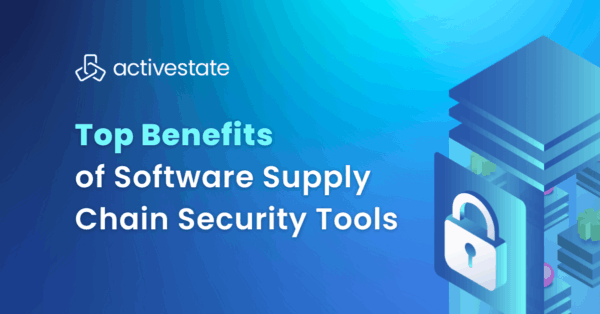In an era where software powers everything from mobile banking to space exploration, container security has emerged as a critical frontier in protecting our digital infrastructure. As organizations increasingly rely on containerized applications, the challenge of securing the software supply chain has become more complex—and more crucial—than ever before.
The Container Security Crisis
Modern applications are built on a foundation of open source software, with studies showing that over 75% of any commercial application consists of open source components1. This reliance on open source brings enormous benefits in terms of development speed and innovation, but it also introduces significant risks. Every imported package, every dependency, and every container layer represents a potential vulnerability that malicious actors could exploit.
“The reality is that most applications, once completed, are never updated,” notes Pete Garcin, Senior Director of Product Management at ActiveState. “That’s when bit rot sets in, and vulnerabilities accumulate over time.” This static approach to container security is no longer tenable in an environment where new threats emerge daily.
Beyond Basic Scanning: A New Paradigm
Traditional approaches to container security often begin and end with vulnerability scanning. While scanning remains important, it represents only the first line of defense in what should be a comprehensive security strategy. Modern container security requires:
- Comprehensive Dependency Management: Understanding and tracking every component in your container, from system libraries to application dependencies
- Attack Surface Reduction: Eliminating unnecessary components that could provide entry points for attackers
- Automated Updates: Maintaining freshness through regular updates and patch management
- Supply Chain Verification: Ensuring components come from trusted sources with proper attestations
The Hidden Costs of DIY Security
Many organizations attempt to handle container security in-house, but this approach comes with significant hidden costs. Development teams often spend up to a third of their time managing dependencies, researching vulnerabilities and addressing security concerns—time that could be better spent creating value for the business.
“For most organizations, building and maintaining secure container infrastructure isn’t aligned with how their business makes money,” explains Evan Prowse, Product Marketing Manager at ActiveState. “The economics usually favor adopting specialized solutions rather than diverting developer resources to security maintenance.”
The Path Forward: Automated and Intelligent Security
The future of container security lies in automation and artificial intelligence. As the scale and complexity of modern applications continue to grow, manual security management becomes increasingly untenable. Forward-thinking organizations are adopting platforms that provide:
- Automated vulnerability remediation
- Intelligent dependency management
- Secure build environments
- Comprehensive software bills of materials (SBOMs)
- Continuous security monitoring
Best Practices for Modern Container Security
Organizations looking to enhance their container security should consider these key practices:
- Start Secure & Minimize Attack Surface: Begin with hardened base images from trusted sources and remove unnecessary components and permissions
- Build from Source: Verify that required software components are what they say they are
- Automate Updates: Implement automated update pipelines for dependencies and vulnerability remediation
- Monitor Continuously: Maintain ongoing visibility into container security status
- Document Everything: Maintain detailed SBOMs and attestations
The Role of Cultural Change
Successfully implementing container security requires more than just technical solutions—it demands organizational change. “A lot of organizations are struggling to build out this muscle,” notes Prowse. “It’s about creating cultural change within their organization to make security a fundamental part of the development process.”
Regardless of whether your organization handles container security entirely in-house or leverages various tools that integrate into your existing workflows, some degree of change management and operational burden is typically involved. ActiveState’s approach significantly minimizes this burden by allowing teams to effectively offload the complex, time-intensive, and expensive process of building and maintaining secure container images entirely. The more container security can be fully offloaded, the easier to recognize the benefits.
Looking Ahead: The Future of Container Security
As container adoption continues to grow—with estimates suggesting 30-40% of applications are currently containerized—the importance of container security will only increase. The integration of artificial intelligence and machine learning promises to make security more proactive and automated, potentially eliminating many manual security tasks entirely.
Security as an Enabler
In the modern software landscape, container security isn’t just about protection—it’s about enabling innovation. By implementing robust security practices and leveraging specialized platforms, organizations can focus on creating value while maintaining the highest security standards.
The path to unbreakable container security may be complex, but with the right approach and tools, organizations can build and maintain secure, efficient, and innovative containerized applications. As we move forward, the question isn’t whether to invest in container security, but how to implement it most effectively for your organization’s needs.
For organizations looking to enhance their container security, solutions are available today. Whether you’re a small startup or a large enterprise, the time to act on container security is now—before vulnerabilities become breaches.
Learn more about this in our on-demand webinar – From Vulnerable to Unbreakable Container Security for Open Source Simplified
1 Gartner. (April 7, 2025). Market Guide for Software Supply Chain Security (SSCS). Stamford, Conn.: Gartner.







